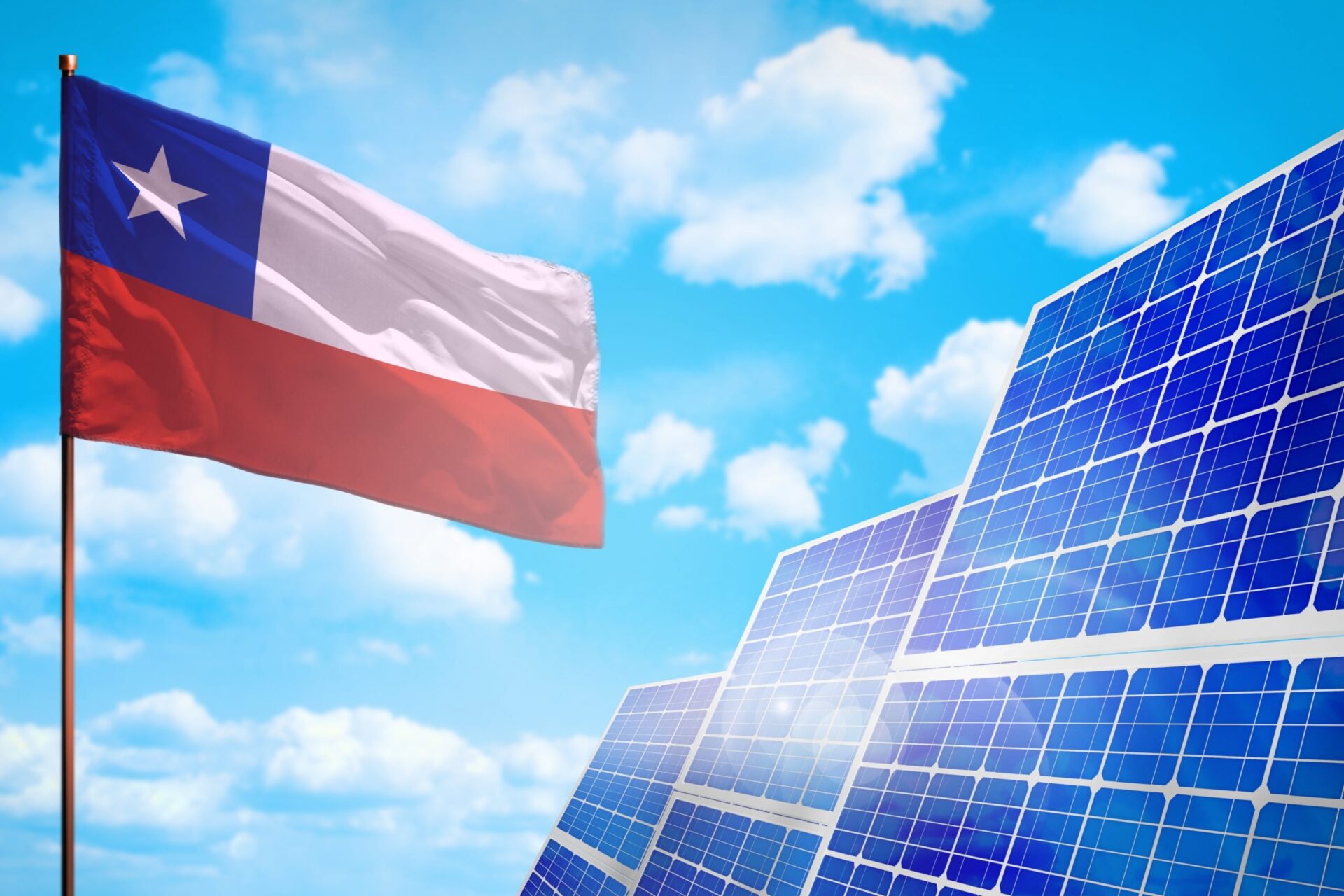
With COP25 in Full Swing, a Look at Chile’s Energy Transition
Through her Kleinman-Birol fellowship at the International Energy Agency, Mary Lim looked closely at Chile’s energy policies and objectives. With COP25 underway, explore how the host country is doing when it comes to their own climate targets.
I had the privilege of being the third Kleinman-Birol fellow at the International Energy Agency last summer in Paris. As someone who had studied international relations and energy policy for my undergraduate degree, it was rewarding to have the chance to dive back into energy-related research at such a pivotal time, as the IEA was preparing for the next UN climate change conference (COP25) in Chile—which, due to protests, was moved to Spain.
Earlier, the Chilean government had reached out to the IEA ECC unit and proposed an analytical collaboration to look more closely at Chile’s energy policies and objectives. This gave me the opportunity to research the energy transition of COP25’s host country. The research in this blog post was pulled from publicly available IEA data and summarized from an IEA draft report delivered to the Chilean Ministry of Energy.
Now presiding over the current UNFCCC Conference of the Parties, Chile is positioned as a strong leader in climate change mitigation and adaptation. Chile submitted its Nationally Determined Contribution (NDC) on September 2015. Its main NDC mitigation target is an unconditional reduction of carbon emissions intensity of 30% by 2030 compared to 2007 emissions levels. My analysis looked closely at Chile’s NDC target and aimed to project what its future progress would look like by measuring Chile’s performance against IEA global transition indicators.
Overall, Chile’s recent impressive economic growth has contributed to its rising energy supply and demand. Chile has historically relied on natural gas and oil consumption to fuel its growth, particularly for electricity generation. Consequently, Chile’s electricity and heat production emissions doubled between 2007 and 2017, because economic growth was not accompanied by significant improvements in energy efficiency or cleaner energy.
IEA global transition indicators offer a useful tool to monitor underlying change and progress towards meeting NDC targets by unpacking the main drivers of the clean energy transition. You can learn more about these indicators at www.iea.org/tracking/indicators. They were used in the context of Chile’s energy data to determine how they have moved towards their clean energy transition.
If we look briefly at Chile’s indicators, Chile’s carbon emissions intensity and final energy carbon intensity have continued to increase. Chile’s energy intensity, which tracks total primary energy demand per unit of GDP, is falling, but the relatively slow rate of decline shows that GDP continues to be a main driver of energy intensity and that energy efficiency efforts are currently early and modest. On a more positive note, the carbon intensity of Chile’s electricity generation appears to have peaked in 2012, since recent years have not exceeded 2012 levels.
The IEA estimates that Chile’s energy sector carbon intensity will be declining until 2030, but its current policies will not be strong enough to meet its NDC target. The figure below depicts Chile’s carbon intensity performance and the reduction needed to meet its NDC commitment. Chile’s efforts to reduce carbon emissions are still too recent or in early stages to realize a significant reduction yet. Additionally, while the power generation sector has been getting cleaner, all other sector emissions continue at an upward trend with no near signs of peak or slowed growth. Therefore, policies that drive efficiency and cleaner energy use should be further enhanced to ensure that Chile can meet its NDC goal.

Still, the future is positive. The Chilean government has aggressively invested in renewable energy growth, reducing its reliance on fossil fuels. Chile’s renewable energy investments exceeded a 50% share of total power investments in 2013. Much of this has been spurred by Chile’s “Ley 20/25,” which requires that 20% of all energy come from renewable energy sources by 2025. Chile also announced an ambitious coal phase-out plan last year—to phase out over 5,000 MW of coal by 2040. All these energy sector policies combined will likely lead to a peak of electricity-related emissions by 2020, then a decrease of almost 10% by 2030 compared to 2016 levels.
Overall, Chile’s progress and commitment to a clean energy transition has been noteworthy and its recent policies indicate that stronger advancements towards carbon emissions reductions will be made in the near future. However, there are still significant areas of opportunity, especially in energy efficiency for the transport, industry, and building sectors.
Mary Lim
2019 Kleinman Birol FellowMary Lim is the 2019 Kleinman Birol Fellow. She is currently pursuing a master’s in business administration from the Wharton School and a master’s in international relations from the Lauder Institute.



